Henna Mehandi Plant is Botanically known as Lawsonia inermis from the Lythraceae family. In India commonly known as Mehendi in Hindi. It is a tall shrub to the small tree that can grow up to 1.8 to 7.6 m tall. It is glabrous and multi-branched, with spine-tipped branchlets. You can also be used it for Natural Hedge/Border Plants. Can be easily grown in Pots & easy to grow at all kind of soil with very low maintenance.
It produces the most dye when grown in temperatures between 35 and 45 °C. During the onset of precipitation intervals, the plant grows rapidly, putting out new shoots. Growth subsequently slows. The leaves gradually yellow and fall during prolonged dry or cool intervals. It does not thrive where minimum temperatures are below 11 °C. Temperatures below 5 °C will kill the henna plant.
Henna Mehandi Plant Growing Benefits:-
- It is the source of the dye henna used to dye skin, hair, and fingernails, as well as fabrics including silk, wool & leather.
- Medicinal properties for the cure of renal lithiases, jaundice, wound healing; prevent skin inflammation.
- The bark is traditionally used in the treatment of jaundice and enlargement of the spleen, renal calculus, leprosy, and obstinate skin diseases.
- The name henna refers to the dye prepared from the henna plant and the art of temporary tattooing based on those dyes.
- Leaf extract is used as herbal remedies for diarrhea, amoebic dysentery, ulcers, tapeworms, jaundice, leprosy, and fever.
- It is applied to burns, wounds as it adds a protective layer against foreign pathogens and gives a cooling effect.
- Henna oil has been directly related to alleviating certain sleep disorders like insomnia
- Henna increases the strength of the hair and, hence is a safe dye, it keeps dandruff away
- Fibers of branches, stem bark are used to make baskets and twigs are used as toothbrushes.
Checkout our more plants and Village organic products:
1. Pure Wild Bee Honey 2. Pure A2 Desi Cow Ghee 3. Indoor Plants 4. Fruits Plants
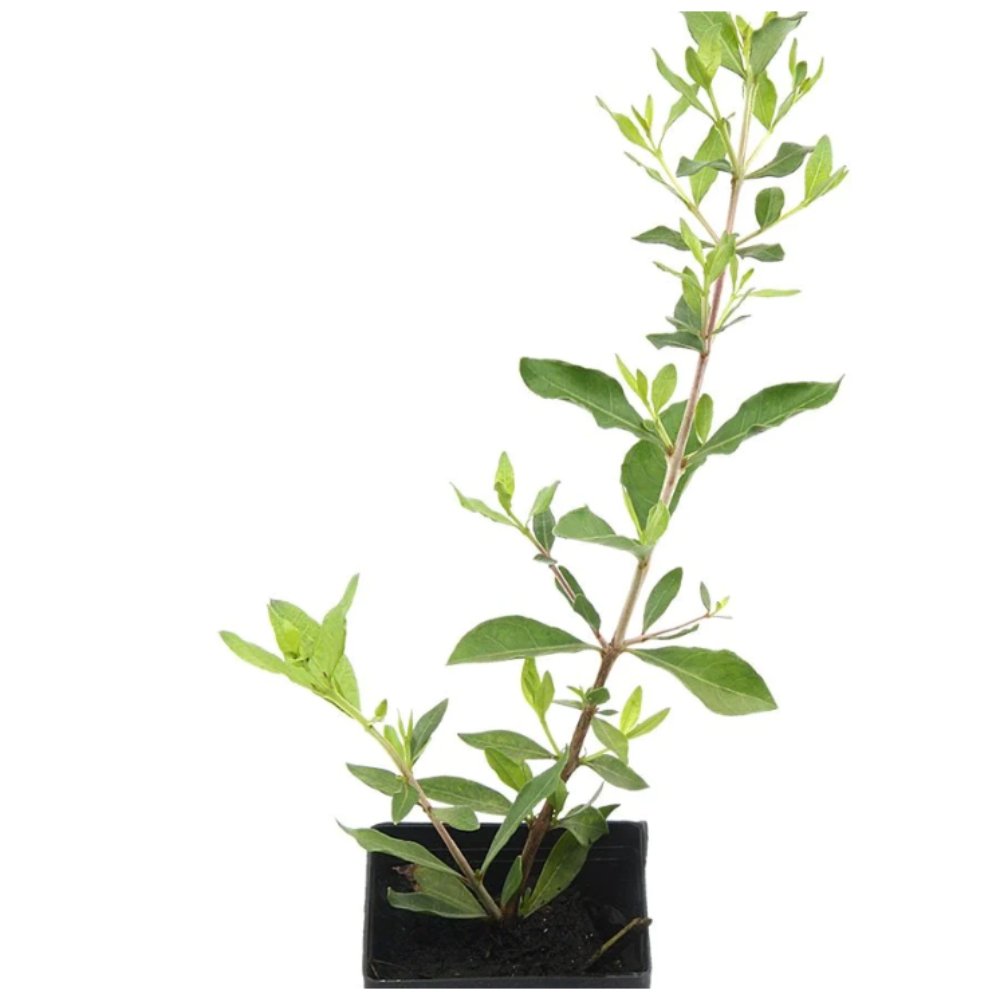
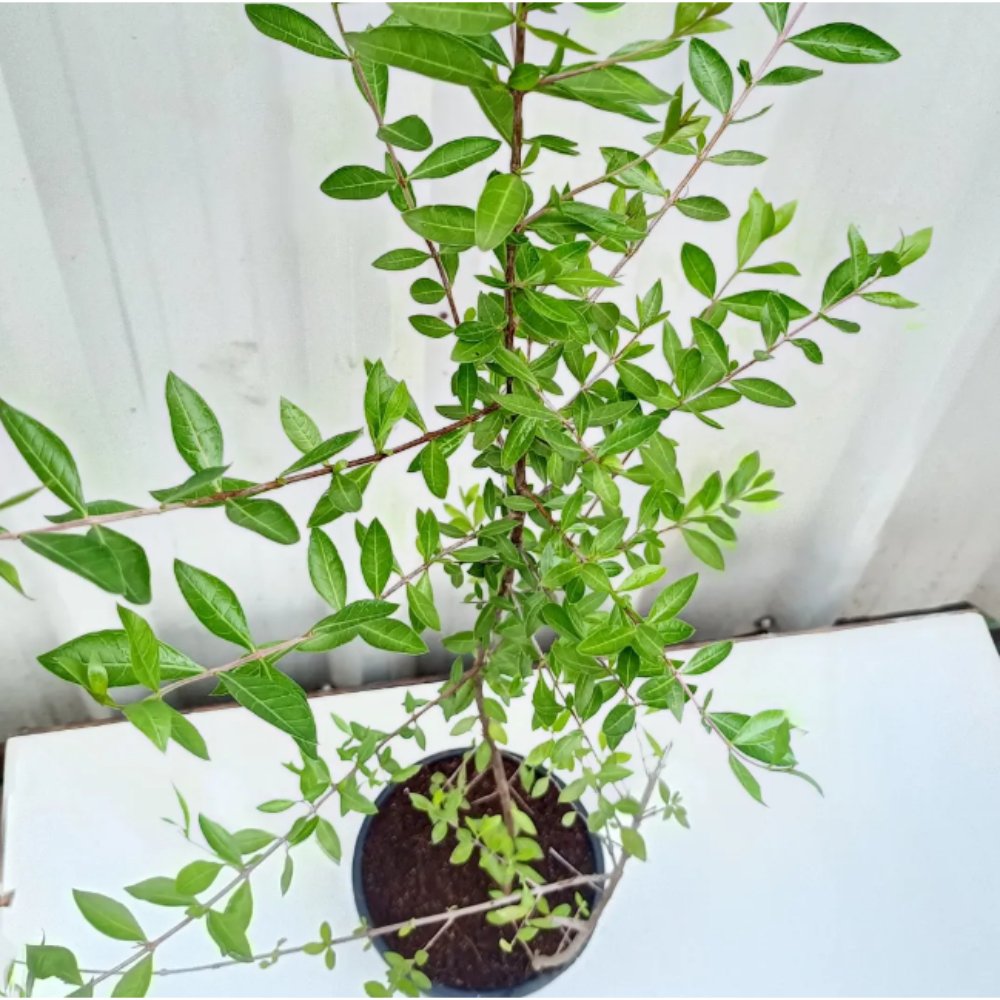


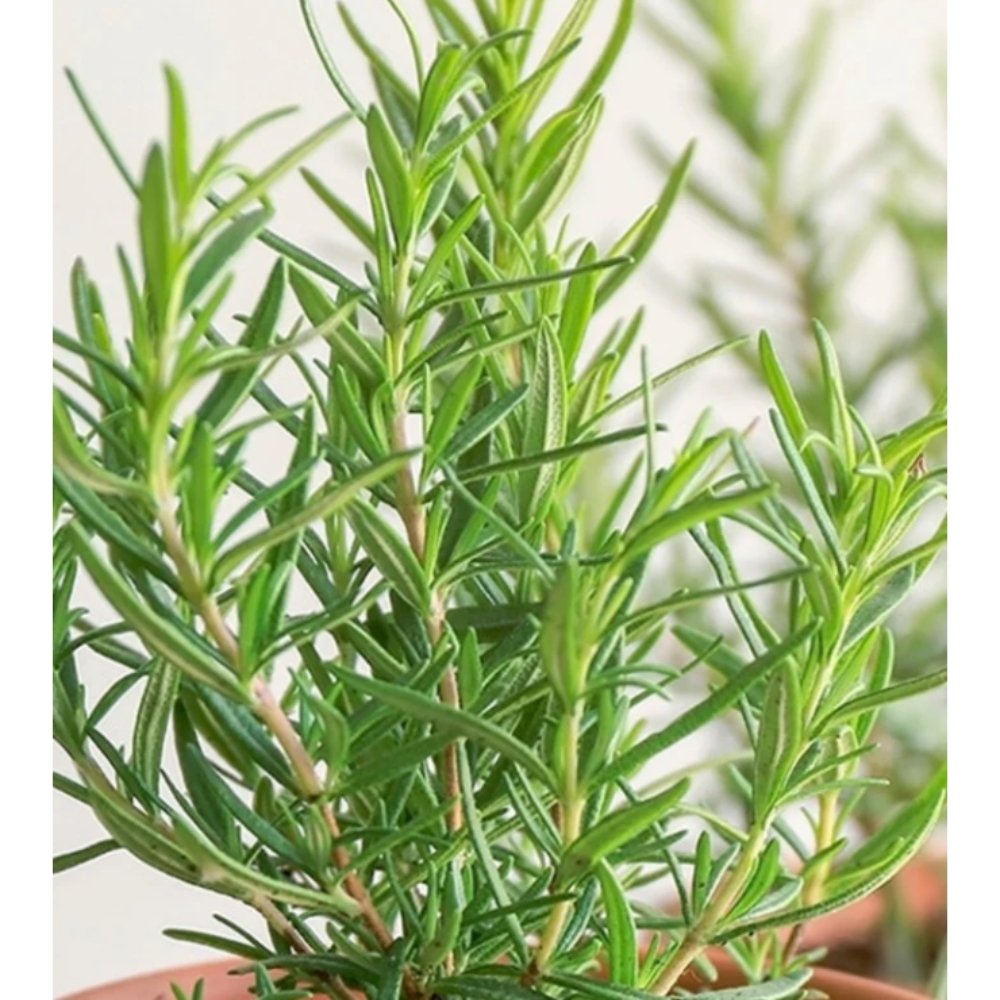
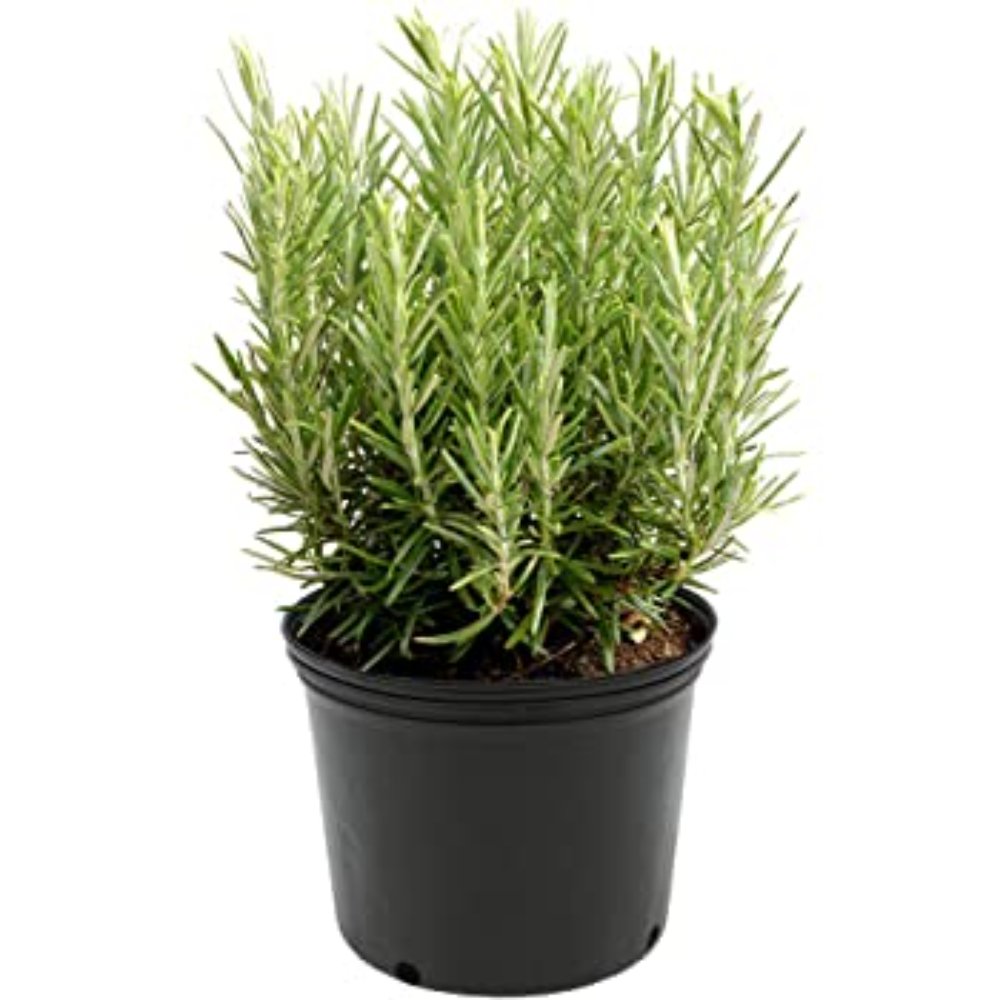


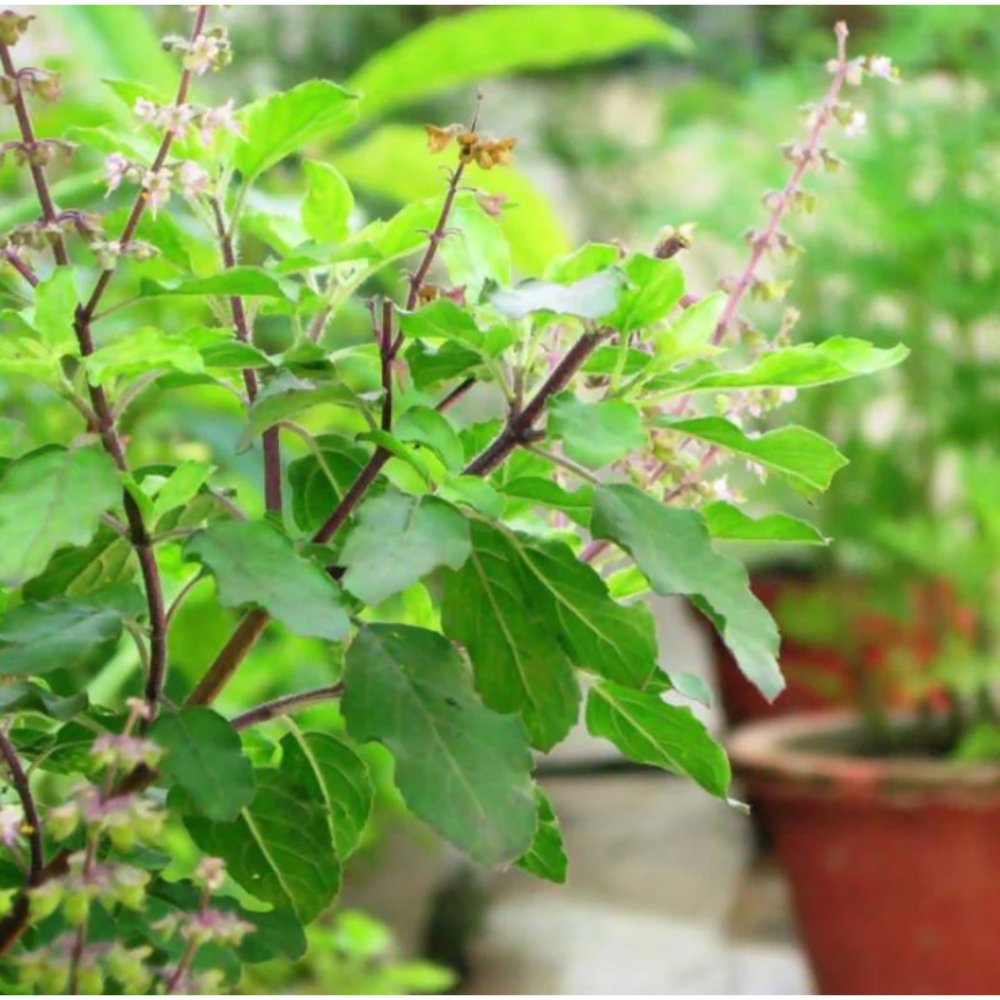
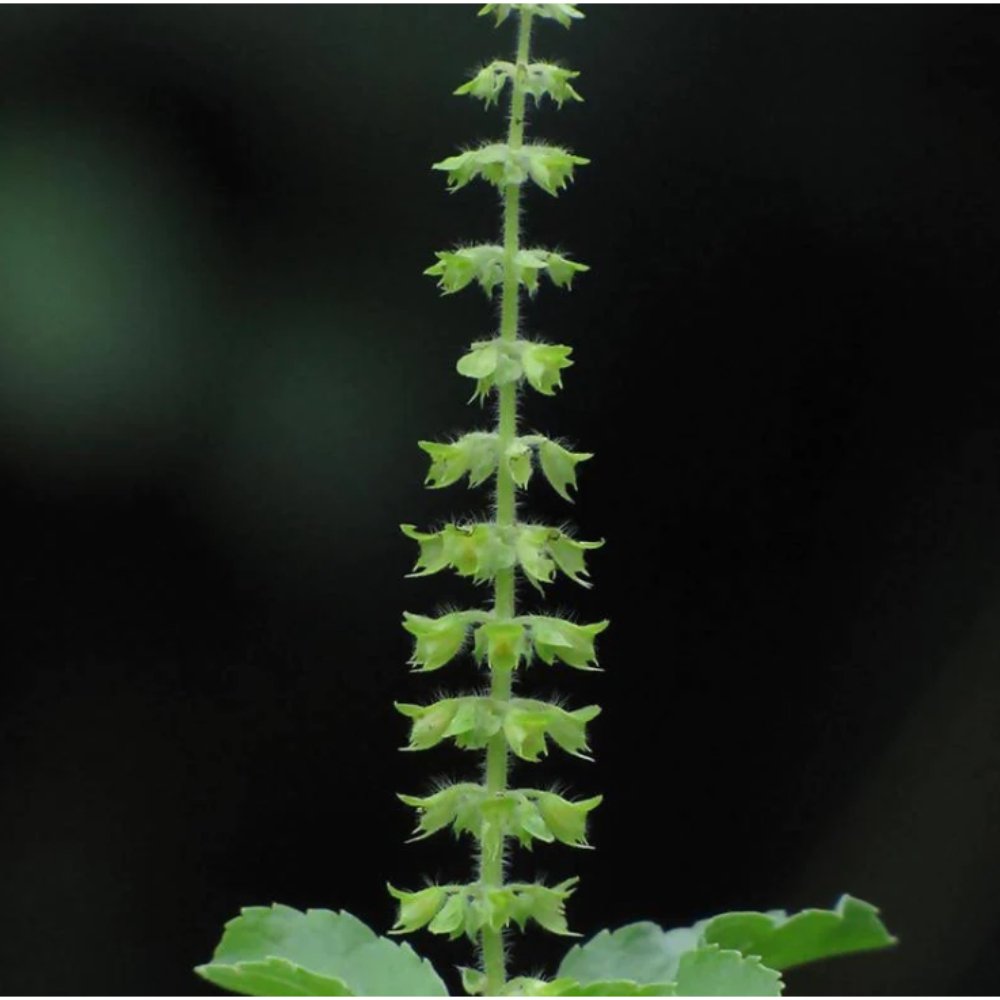
Reviews
There are no reviews yet.